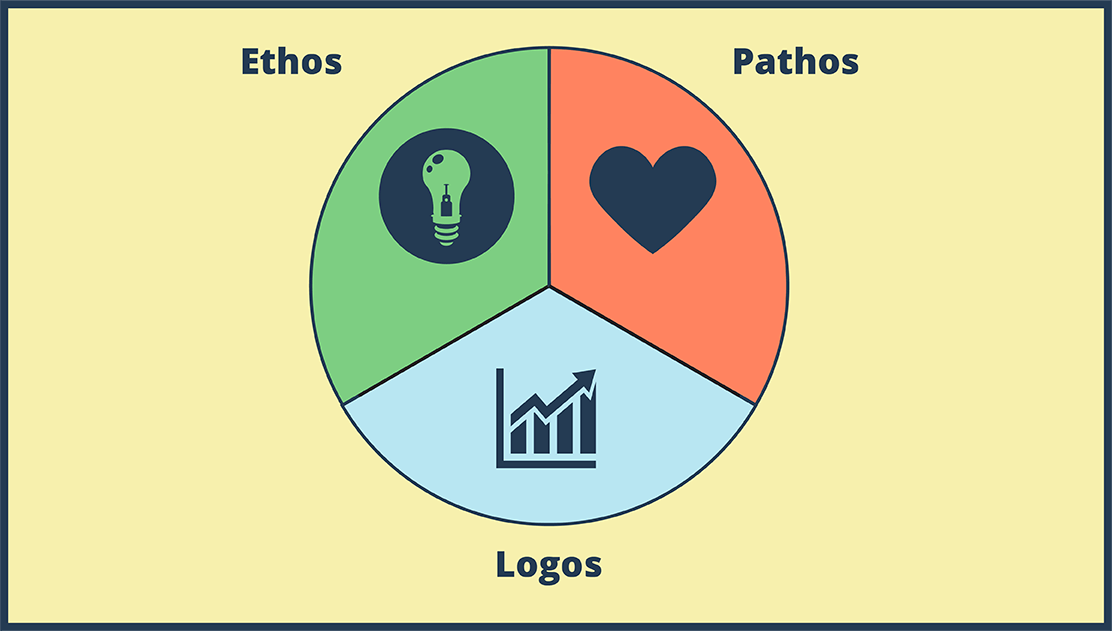Types of Foreshadowing Template with Examples

आप इस स्टोरीबोर्ड को निम्नलिखित लेखों और संसाधनों में पा सकते हैं:

स्टोरीबोर्ड टेम्पलेट्स
By Anna Warfield
एक टेम्प्लेट एक पूर्व-स्वरूपित मार्गदर्शिका है जिसे बार-बार उपयोग किया जा सकता है। ग्राफिक आयोजकों के लिए खाली टेम्पलेट विशेष रूप से उपयोगी होते हैं क्योंकि आपको एक ही चीज़ को बार-बार बनाने की आवश्यकता नहीं होती है, और उनका उपयोग कई उद्देश्यों के लिए किया जा सकता है।
'
हमारे कुछ अन्य शैक्षिक लेख देखें!
स्टोरीबोर्ड विवरण
Types of Foreshadowing Worksheet & Template with foreshadowing examples to help students understand as they work!
स्टोरीबोर्ड पाठ
- CONCRETE
- Commonly referred to as "Chekov's Gun", this is when the author explicitly states something that they want you to be aware of for the future. In the eponymous example, if an author mentions a rifle hanging on the wall in an early chapter, it will be used later.
- TYPES OF FORESHADOWING
- PROVIDED EXAMPLE
- STUDENT EXAMPLE
- EXAMPLE FROM THE READING
- Also known as "Prophecies", this type of foreshadowing is linked to a fortune or prophecy that a character will receive, which explicitly tells the reader what will happen in the future. Although sometimes this fortune or omen can seem unclear, they end up coming true in the end.
- PROMINENT
- A concrete foreshadowing example is from Great Expectations is when Pip mentions that the stranger in the bar stirred his drink with a file. This foreshadowed a connection with the first convict, who the reader later learns is Pip's benefactor.
- An example of prominent foreshadowing from Great Expectations is when Pip is given the conditions of his expectations from Jaggers. He stated that Pip may not inquire by any means whom his benefactor is, until the time they choose to reveal themselves.
- "Flashback/Flash-forward": When an author needs the reader to know something that doesn't fit with the current story line, they will usually use a flashback or flash-forward to give the reader the information. Most of the time, the information obtained in the flash will have clues or hints to something the author wants you to remember or pick up on later, which makes this a great form of foreshadowing.
- EVOCATIVE
- Also referred to as "Symbolic" Foreshadowing: This particular type of foreshadowing is much harder to pick up. It is abstract and requires thinking outside the box. It is an even more oblique hint than other types of foreshadowing. In a novel, for instance, the author could describe a sudden change of weather. This change often foreshadows a change in a character's luck, mood, or behavior.
- ABSTRACT
- In the novel Great Expectations, there are several times when Pip interjects as the narrator and gives the reader his inner thoughts from the present. Many instances it is to tell the reader how foolish he was, like when he mistreated Joe.
- FALLACY
- Many times in Great Expectations, Miss Havisham's home is described as shrouded in mist, darkness, or gloom. This abstract foreshadowing example is a warning; like her setting, Miss Havisham is a dark and baleful individual.
- Commonly called "The Red Herring": This is the most fun of all the types of foreshadowing. A red herring is a wild goose chase or smoke screen that diverts readers' attention. Its only purpose is to throw the reader off, causing more suspicion, intrigue, and surprise. It is commonly found in works of detective fiction, but can lend itself anywhere the author needs to avert suspicion.
- Throughout the novel, Pip believes his benefactor is Miss Havisham, and for good reason. Too many coincidences and people around her become close to Pip during his time in London. However, in the end, he learns it was his convict.
30 मिलियन से अधिक स्टोरीबोर्ड बनाए गए
कोई डाउनलोड नहीं, कोई क्रेडिट कार्ड नहीं, और कोशिश करने के लिए किसी लॉगिन की आवश्यकता नहीं है!




